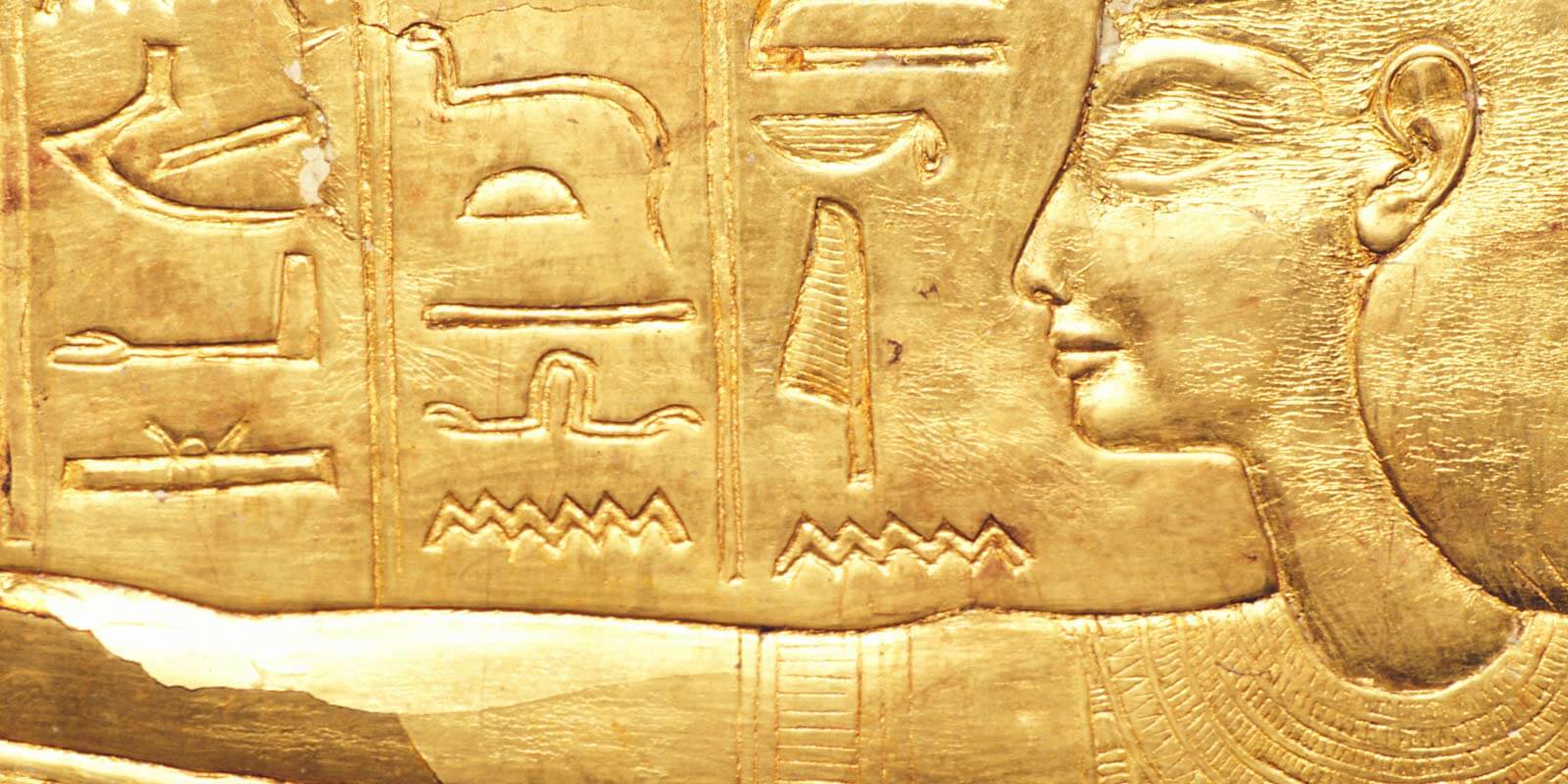A Brief History of Gold
3600 BC: Gold is first smelted in ancient Egypt.
2600 BC: Egyptian hieroglyphs describe gold as being “more plentiful than dirt”. The earliest known map dates from this time and shows the plan of a gold mine. The first gold jewellery is also seen.
1223 BC: Tutankhamun’s funeral mask is crafted using gold.
600 BC: The first gold coins are struck in Lydia, Asia Minor. These are a crude mix of gold and silver.
560 BC: The Lydians learn how to refine these metals and the world’s first bi-metallic coinage is created: gold and silver. These are called Croesids after their King, Croesus. Because of their consistent gold content, Croesids start to be an accepted form of currency and are traded with confidence.
546 BC: The King of Lydia is captured by the Persians, who adopt gold as the main metal for their coins.
500 AD: The ancient Chinese state of Chu circulates the Ying Yuan, a gold square coin.
1300: Hallmarking is first established at Goldsmith’s Hall in London.
1370-1420: Mining in Europe becomes so prevalent that mines are almost emptied. This period is known as The Great Bullion Famine.
1489: The first gold Sovereign is struck under the reign of King Henry VII.
1717: The UK sets the gold standard. This means currency is linked to gold at a fixed rate.
1816: The industrial revolution causes the financial landscape, and the way we produce money, to change dramatically. Steam-powered coining presses designed by Matthew Boulton and James Watt make the money-making process seamless and far more efficient. It’s at this time that The Royal Mint moves from The Tower of London to new premises on nearby Tower Hill.
1848: The California Gold Rush begins when gold is found at Sutter’s Mill in Coloma by James W Marshall.
1870-1900: The rest of the world apart from China adopts the gold standard.
1914: Many countries move to fractional gold standards, inflating their currencies to help pay for the First World War. They don’t return to the gold standard until 1925.
1944: After the Second World War, the gold standard is replaced by a system of nominally convertible currencies related by fixed exchange rates called the Bretton Woods Agreement.
Although gold initially served as the base reserve currency, the US dollar gradually becomes the reserve currency which is linked to the price of gold. However, central banks continue to keep a portion of their liquid reserves as gold in some form.
The International Monetary Fund and World Bank are also both established.
1971-73: US President Richard Nixon abandons the Bretton Woods Agreement. This means that the dollar and other global currencies are no longer linked to the value of gold and the US can effectively print money at will.
1999: The first Central Bank Gold Agreement (CBGA) is agreed. European banks affirm that gold will continue to be an important part of their monetary reserves. They also cap gold sales at 400 tonnes per year over the next five years.
2010: World Bank president advocates a return to the gold standard to help combat floating exchange rates.
2014: The Royal Mint launch a new bullion trading platform, allowing investors a chance to purchase gold bullion coins directly from The Royal Mint.
2015: Royal Mint Refinery branded gold bars are available for the first time in over half a century.
Digital Gold is also launched by The Royal Mint, allowing investors the chance to purchase a percentage of a physical gold bar from as little as £20, and store it in The Royal Mint’s state of the art vault.
2020: The Royal Mint becomes the first Sovereign Mint in Europe to launch a physically-backed gold exchange traded commodity called RMAU. It is listed on the London Stock Exchange and is The Royal Mint’s first financially listed product.





